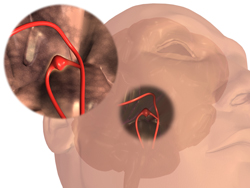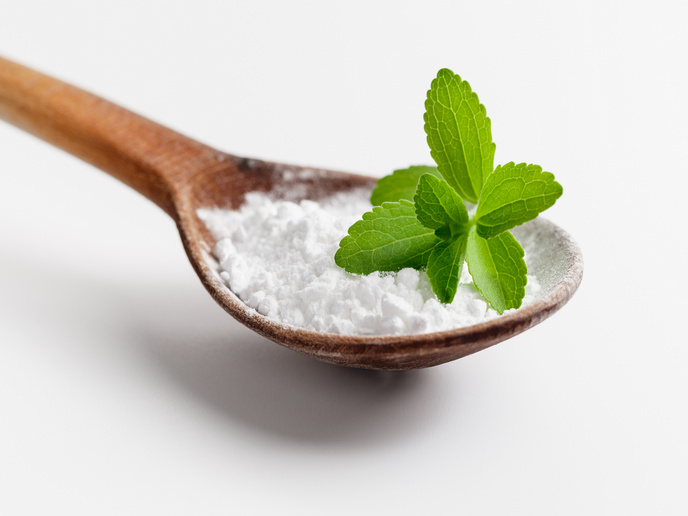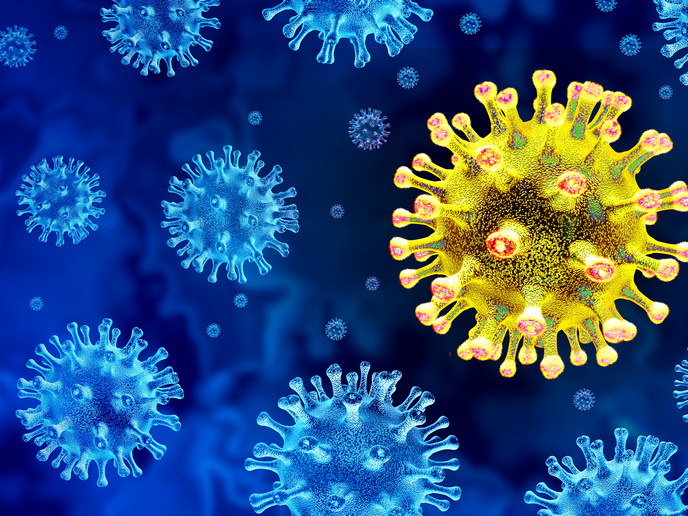Aneurysms — Causes and solutions
In the ageing European population, resolving aneurysmal vascular disease is increasingly important as incidence is age-related. FAD consortium concentrated research efforts on aneurysms of the abdominal aorta (AAA) and the thoracic ascending aorta (TAA). Intraluminal thrombus (ILT) formation, genetic, environmental and pathophysiological aspects in aneurysmal disease, diagnostic biomarkers for in vivo imaging and therapy were targeted for study. A web-based FAD database was created containing information on the characterisation of AAA and TAA in terms of factors including family history, environment, gender, age and aneurysm repair. FAD project members have published several papers describing the incidence and prognosis of AAA and TAA. AAA risks in Sweden were found to be doubly higher for first degree relatives of people with AAA, with no correlation to gender. In a study on monozygotic (MZ) and dizygotic (DZ) twins, heredity was found to play a major role in AAA disease development, with MZ twins at higher risk. A link between periodontal disease in the ageing population and cardiovascular risk was also identified. Biobanking activities included arterial sample preparation and storage. Techniques like direct freezing, secondary cryo-pulverisation, conditioned medium preparation, enzymatic digestion and isolation of leukocytes were standardised and quality controls put in place. Genome-wide association studies (GWAS) identified biomarkers indicative of high AAA risk in addition to single gene mutations involved in TAA dissections (TAADs). In all forms of TAA, changes in expression of TGF-betamolecules, mainly Smad2, were found. Transgenic animal models were used to elucidate the role of the TGF-beta signalling pathway in aortic tissue repair and disease. FAD members were able to unravel the pathophysiology and biomechanics of aneurysm formation and repair. Measurements of aneurysmal dimensions and aortic rigidity in TAA through ultrasound and magnetic resonance imaging (MRI) aided in diagnosis. Small paramagnetic iron oxide (SPIO) particles along with MRI enabled in vivo functional imaging in humans to detect AAA, ILT and more. FAD members successfully used 99mTc-Fucoidan along with single-photon emission computed tomography (SPECT) for functional imaging and detection of P-selectin that is indicative of arterial thrombi and ischaemia. Novel therapeutic approaches demonstrated that platelet inhibition and impaired neutrophil retention in ILT could prevent the growth of aneurysms. Large animal models will be used for testing cell seeding, gene therapy and biomaterials' efficacy in treating aneurysms. Project outcomes were disseminated through 81 publications, a website, training and patents. Successful project results could lead to commercial development of diagnostic and therapeutic tools for clinical application.







